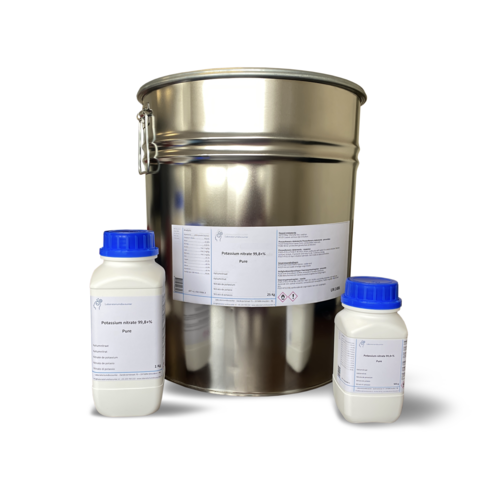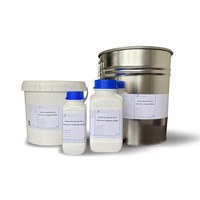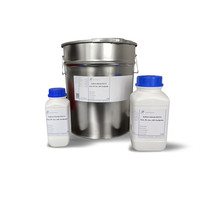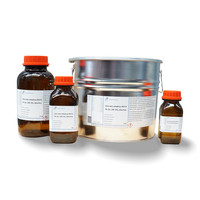You have no items in your shopping cart
Potassium Nitrate 99.5 +%, pure, Food grade, E252
- Buy 2 and save 5%
- Buy 6 and save 10%
What is Potassium Nitrate?
Potassium nitrate (KNO3) or Bengali nitrate, often called saltpetre in common language, especially potassium nitrate (formerly also “salniter”: “purified nitre”), is the potassium salt of nitric acid
Potassium nitrate forms colorless crystals, which dissolve in water under strong cooling. It is therefore much more soluble in warm water than in cold water. Up to 130 g of potassium nitrate can be dissolved in a liter of water at 0 ° C and up to 2455 g of potassium nitrate at 100 ° C.
Potassium nitrate decomposes when heated to potassium nitrite and oxygen.
It is an excellent oxidizing agent at elevated temperatures. Charred residue in glass utensils quickly dissolves in molten potassium nitrate.
Potassium nitrate is significantly less hygroscopic than many other nitrates, e.g. Sodium nitrate.
-Use
Potassium nitrate is used to preserve food (brine salt E 252).
A mixture of 60% NaNO3 + 40% KNO3 melts at 222 ° C and is used as a heat transfer medium in solar thermal power plants. This molten salt is chemically stable up to 590 ° C, has a high specific heat capacity of 1.55 kJ / (kgK), a density of 1.79 g / cm3 and is as thin as water (viscosity: 2.1 mPa S). It wets metal surfaces very easily, which can lead to sealing problems if the construction and choice of materials are not suitable. Stainless steel is largely resistant to molten nitre (removal rate: 6–15 µm / year at 570 ° C). The heat transfer coefficient on the turbulent flow pipe is about 6000 W / Km2. Due to its high heat capacity (2.8 MJ / (K m3)), molten nitrate is also suitable as a heat storage medium. The melting temperature can be further reduced by adding sodium nitrite. A salt mixture known as HiTec, made from 53% KNO3 + 40% NaNO2 + 7% NaNO3, melts at 140 ° C and has particularly favorable properties as a heat transfer medium when sodium nitrite toxicity is not of concern.
Nitric baths are used for the heat treatment of forged aluminum alloys with a magnesium content of up to 10%. The maximum allowable temperature of the molten salt depends on the magnesium content; it drops from 550 ° C with 0.5% Mg to 380 ° C with 10% Mg.
in fertilizers
in toothpaste for sensitive teeth
Qualitative detection of manganese and chromium in the soda-nitre melt.
-Technical information
Empirical formula KNO3
Molar mass (M) 101.11 g / mol
Density (D) 2.109 g / cm³
Melting point (mp) 334 ° C
ADR 5.1 III
WGK 1
CAS No. [7757-79-1]
EC no. 231-818-8
UN No. 1486
Downloads
$$$$$
Hazard statements
H272 May intensify fire; oxidizing
Safety recommendations
Precautions - prevention
P210 Keep away from open flames and hot surfaces. Do not smoke. P220 Keep / Store away from combustible materials.

%%%%%
| MSDS Kaliumnitraat (NL) |
| MSDS Kaliumnitrat (DE) |
| MSDS Potassium nitrate (EN) |
| MSDS Nitrate de potassium (FR) |
| MSDS Nitrato de potasio (ES) |











